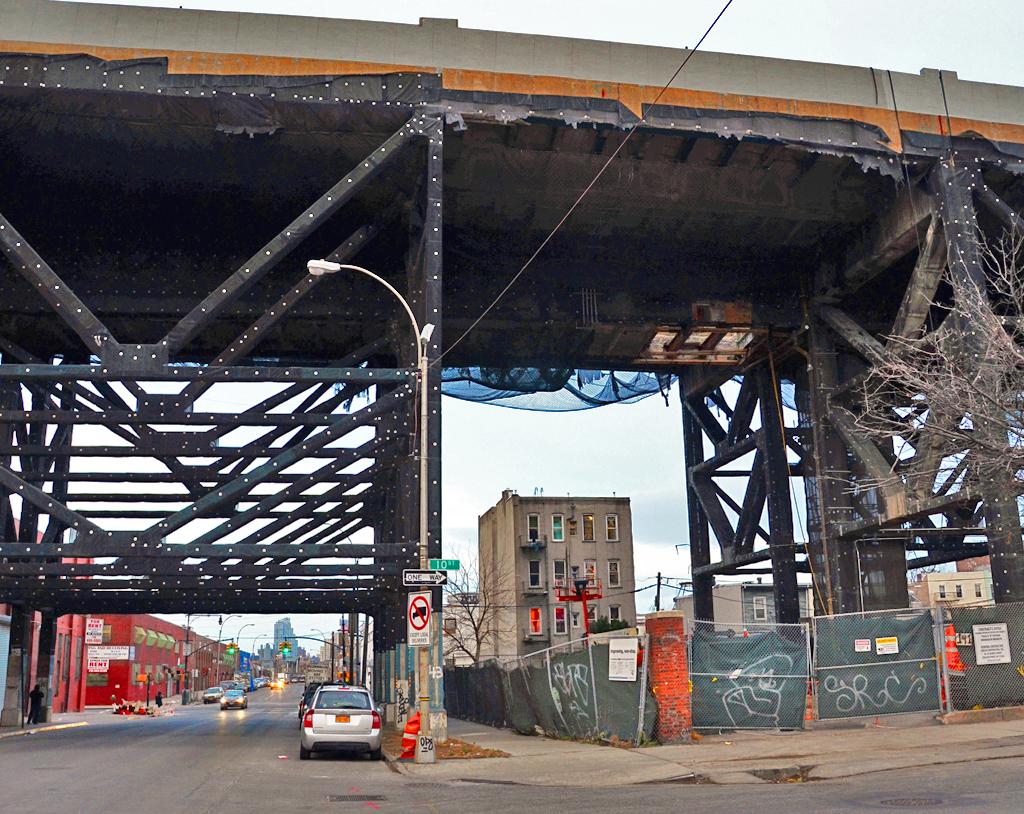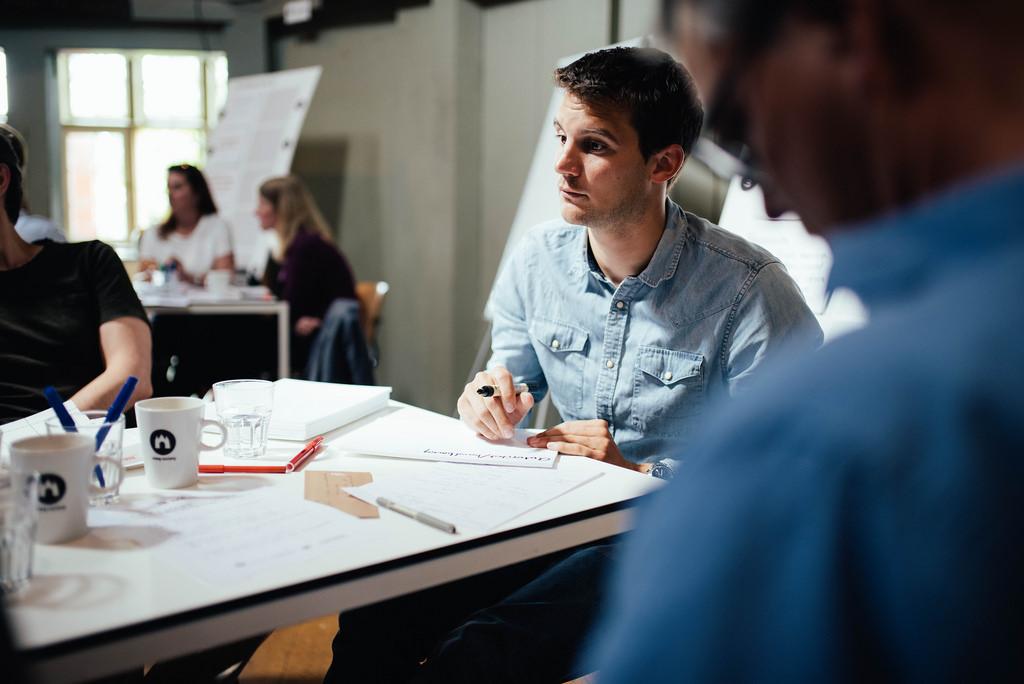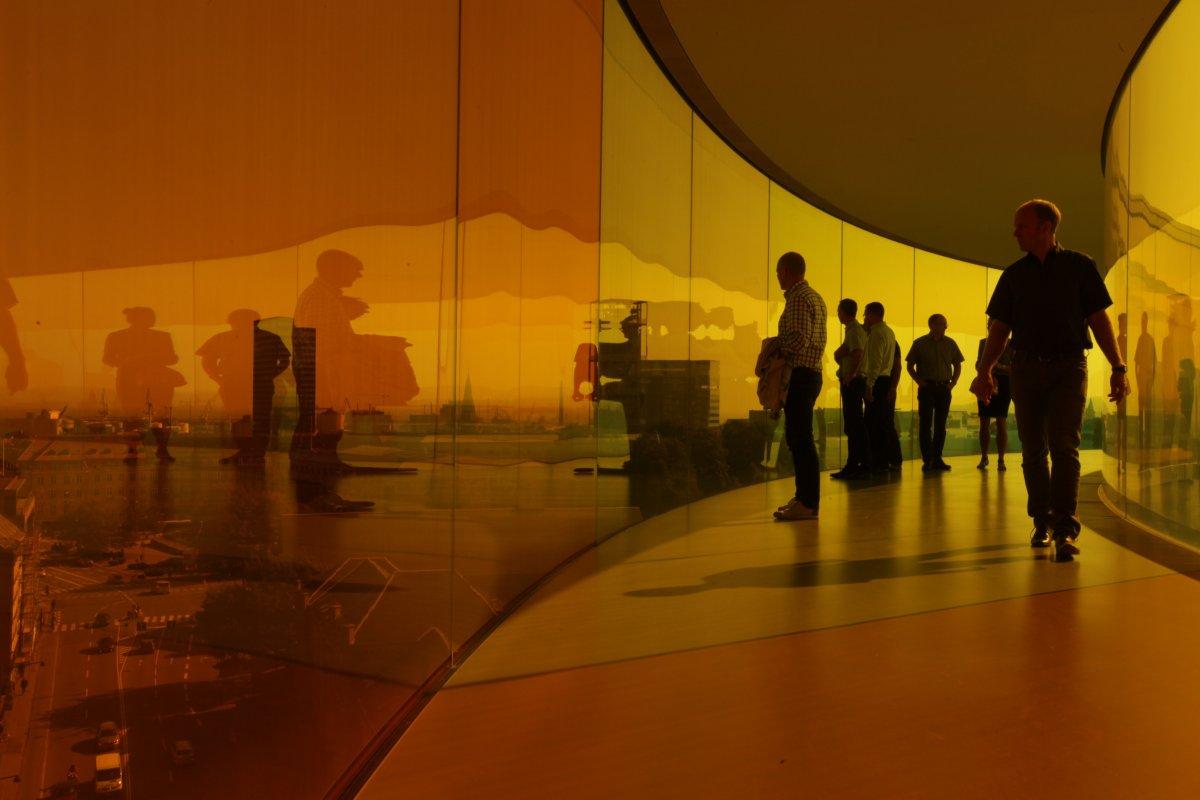Recently, I was guest speaker at the bootcamp 'Smart Cities & The Ethics of Things' in The Hague, on behalf of the Smart Citizens Lab.
A well-known philosophical problem used to describe smart city dilemmas is the trolley-conundrum. If you are a track operator that needs to determine which side the 'switch' points when an unstoppable trolley is speeding down the tracks, do you let it run over five people on one side of the track, or intervene and move the switch so that it only runs over one person on the other side? Jeroen van der Hoven from the Technical University of Delft posed: neither, it's just bad design! The operator should not have to make this choice in the first place. The ethics of the operator in this case is a function of the design choices that have been made previously.
This example was part of a larger appeal Jeroen made during the course in The Hague. Students were challenged to question the values underlying decisions that are being made when it comes to Smart City technology.
Many important philosophers from the past have posed questions on what makes a good and just city. Now it seems that these questions are being answered from Silicon Valley—not through democratic debate, but by implementing gadgets where implicit ethical considerations have already been made.
We have to realize that technology is not neutral. The point raised by Jeroen at the bootcamp was reiterated by myself. Consider the seemingly harmless example of low-clearance overpasses in Brooklyn. These were explicitly designed to block public transportation coming from the poorer sections of the city into the upper-class beaches. Busses simply could not pass.
And these types of design choices are still being made, although maybe not as explicitly racist as in the example above. Just look at the public transport system in The Netherlands. Where one used to be able to pay for another person (a friend or even a stranger) by just offering their ticket for an extra stamp, now you can only pay for yourself, making the whole ecosystem less social and more individual. And let’s not begin to speak about closing off the beautiful, newly designed train stations. Remodeled with public money, these truly inspirational public spaces are closed off to anybody that does not buy a train ticket.
Taking a practical approach, I showed three types of projects Waag has been working on in the past decade in order to ensure open, fair and inclusive technology for social innovation. Projects that make government more transparent, like DECODE and Clarity; projects that help government with skill building in order to build better services like Code for NL or Beta-lab, and projects that create new opportunities for citizens to take a different role in decision-making process like Smart Citizens Lab and E-Dem.
We need to move away from some of the Smart City rhetoric that seems to imply that the alternative is a dumb city. Rather, we should focus on responsible cities, where people, businesses, science and government are encouraged to make responsible choices. Amsterdam will launch the We Make The City-festival, next year, leveling the playing field even more by offering a podium to anybody who wants to contribute to a more livable city and making social innovation of equal importance to business innovation.


